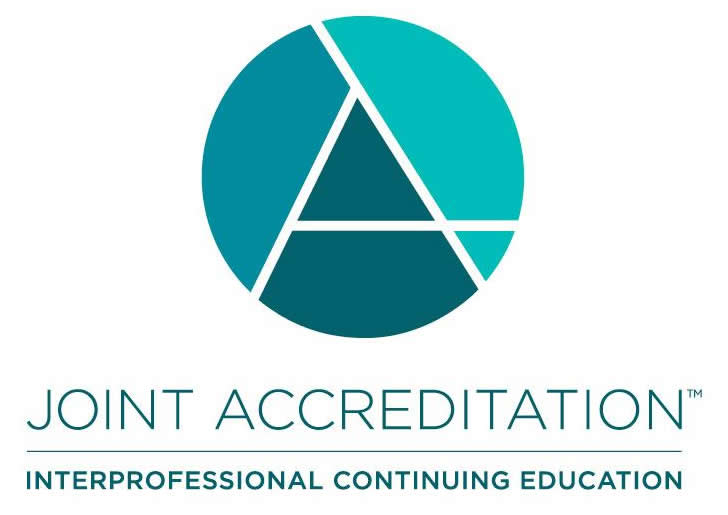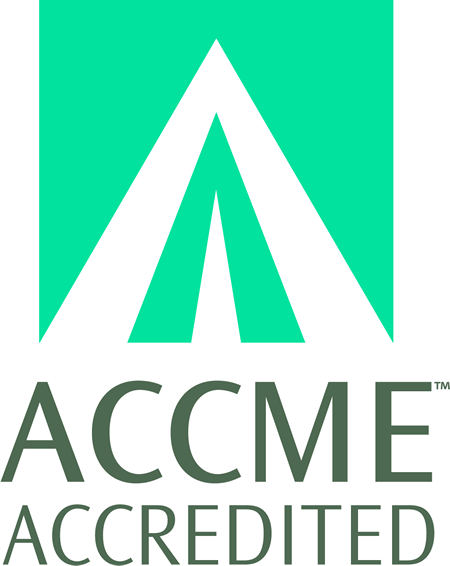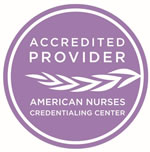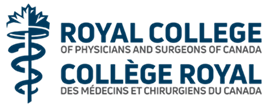
COURSE CREDITS & HOURS
16 AMA PRA Category 1 Credits™16 ACPE Credits
16.0 Contact Hours
2 Hours of Pharmacology for Nurse Practitioners
COURSE FEES
TARGET AUDIENCE
PROGRAM PURPOSE
- Dying and the Patient With Decision Making Capacity
- "Define "advance directives" and identify their purposes
- Differentiate between instructional and decisionmaker advance directives
- Distinguish advance directives from physician orders such as DNRs and POLSTs
- Identify contemporaneous (not advance) choices for end-of-life care that patients may make when terminally ill.
- When the Patient Lacks Capacity (With or Without An Advance Directive)
- Explain state laws that permit family members or others to make decisions on behalf of incapacitated patients
- Analyze decision making standards governing those decisionmakers
- Palliative Care and Hospice
- Explain the difference between palliative care and hospice
- Explain Medicare requirements for coverage of hospice care, both the traditional rules and the new value-based rules
- Evaluate patients' requests or suggestions of hospice care made by other members of the are team or by hospice providers themselves
- Death by Neurological Criteria
- Explain how and why the law began recognizing medical professionals' use of neurological criteria to declare death
- Explain multiple types of objections raised by the family members of patients physicians believe are dead by neurological criteria or may be subject to testing for satisfaction of the requirements of death by neurological criteria
- Differentiate among various positions being taken during discussions of revision of the criteria to be satisfied
- Futility: When Some Clinicians Favor Termination of Treatment But Others, or Family Members, Don't
- Explain the concept of medical futility
- Compare state laws describing specific procedures and time periods applicable when clinicians view a patient's treatment as futile with state laws that are less specific
- Prepare for potential health care team members' or families objecting to withholding or withdrawal of life-sustaining treatment the majority of the team views as futile
- Beyond Withholding and Withdrawing
- Differentiate between medical aid in dying/medically assisted suicide and euthanasia
- Explain the range of statutory requirements in states legalizing the practice
- Identify trends in revisions to those state laws over time, as they guide practice
- Case Discussions and Debriefing
- Apply what was learned about end-of-life treatment choices to case studies
- Evaluate the relevance of principles discussed to attendees' practices
- Consider and respond to the viewpoints of other health care professionals, thus setting the stage for similar discussion as appropriate with interprofessional health care teams outside of the instructional setting
- Update on LDL-C Management for Cardiovascular Disease Prevention: New toos and new targets in the new era
- Review the approach to ASCVD risk assessment, which is key to matching the intensity of LDL-C lowering therapy with the absolute risk of the patient
- Discuss the recommended patient groups for statin therapy
- Review the mechanism of action for the newer FDA-approved non-statin lipid lowering agents
- Discuss the new 2022 American College of Cardiology (ACC) Expert Decision Pathway, which provides guidance on statin alternatives in patients with ASCVD, including those with Familial Hypercholesterolemia (FH)
- Female specific risk factors that enhance womenÂ’s cardiovascular risk throughout the lifespan
- Discuss unique cardiovascular risk factors that affect female patients and how to apply them to cardiovascular risk assessment to implement prevention and treatment strategies
- Microvascular angina, coronary microvascular dysfunction and INOCA (ischemia with non-obstructive coronary arteries) – from diagnosis to treatment
- Discuss how to diagnosis coronary microvascular dysfunction (microvascular angina) and discuss prevention and treatment strategies
- Review the recommended approach to chest pain in women, and INOCA specifically, as outlined in the 2022 American Heart Association Chest Pain guidelines
- Chronic Kidney Disease and cardiovascular risk: protecting the heart and the kidney
- Evaluate for and monitor CKD in patients with T2D and cardiac disease
- Discuss the 2022 Kidney Disease Improving Global Outcomes (KDIGO) guideline for management of T2D in patients with CKD, with a focus on how to incorporate SGLT2 inhibitors and non-steroidal MRAs into management plans for patients with CKD, T2D, and CVD
- Aspirin and other antiplatelet therapy for cardiovascular disease prevention: a tight rope between preventing vascular events and avoiding bleeding.
- Review the mechanism of action of antiplatelet therapy
- Describe indications for antiplatelet therapy
- Explain risks and benefits of holding or de-escalating therapy
- Discuss how to assess a patient for the balance between managing ischemic risk and reducing risk for bleeding
- Obesity Management for Reducing Cardiovascular Risk
- Review the cardiovascular risks associated with obesity
- Summarize the benefits and challenges associated with lifestyle, bariatric, and historical pharmacologic interventions in the treatment of obesity, before focusing on the available evidence for the newer glucagon-like peptide-1 receptor agonist (GLP-1 RA) medications in the management of obesity and potential implications for reducing CVD risk
- Recent Updates in Hypertriglyceridemia Management for Cardiovascular Disease Prevention
- Discuss lifestyle approaches to managing hypertriglyceridemia >li>Discuss elevated triglycerides as a risk enhancing factor that would favor initiation of statin treatment
- Discuss the trials investigating fibrate therapy and omega-3 fatty acid therapy for ASCVD prevention in persons with hyperglyceridemia
- Discuss current cardiology consensus recommendations for management of ASCVD risk reduction in patients with persistent hypertriglyceridemia, which endorse the use of IPE in statin-treated patients at high cardiovascular risk who have triglycerides >135 mg/dL














































